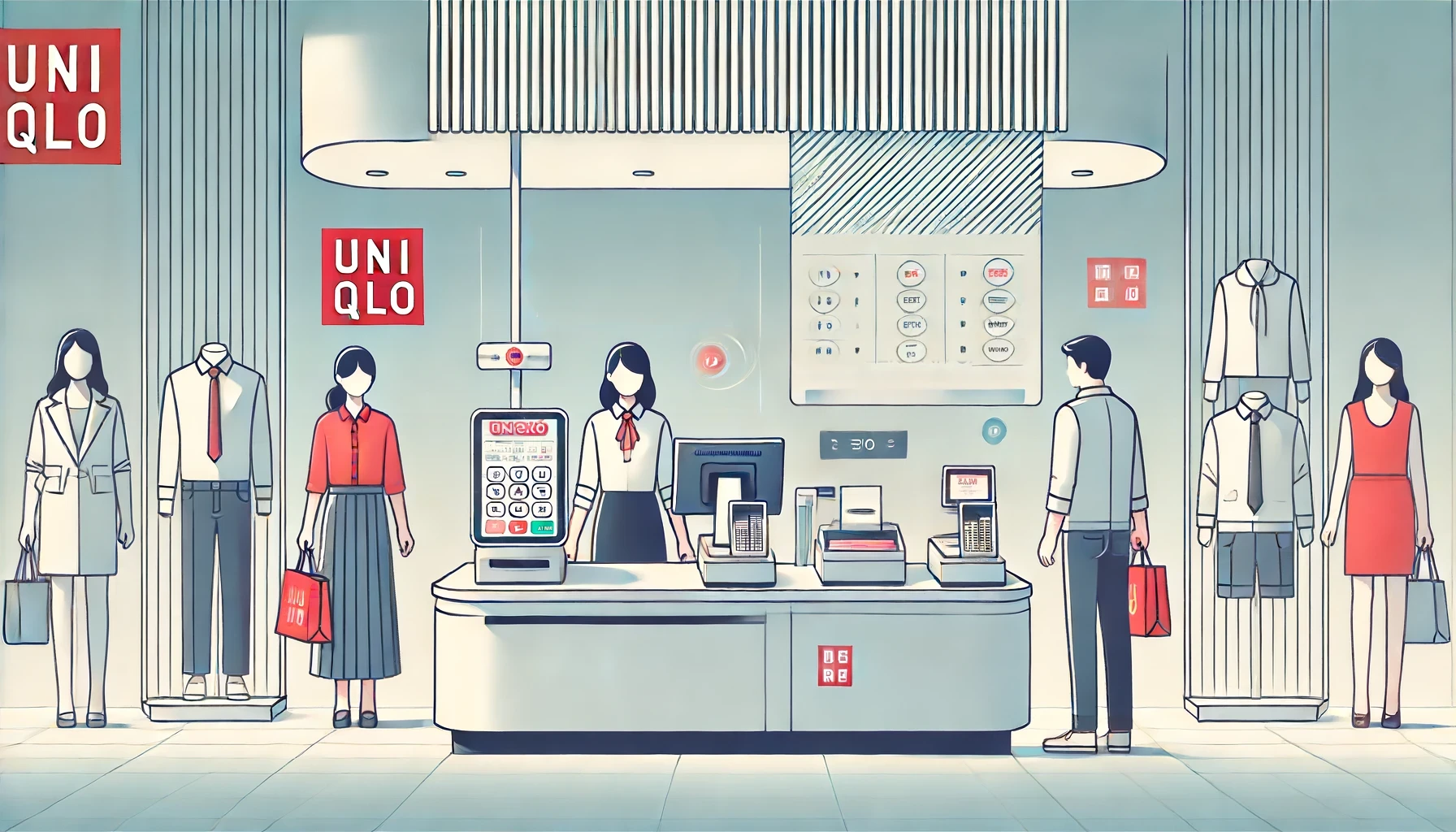
Singapore – Fast Retailing Co, Asia’s largest apparel business and the parent company of the popular Uniqlo brand, is accelerating its technological advancements to achieve an ambitious target of ¥10 trillion (US$63.6 billion) in annual sales. Central to this strategy are innovations like barcode-less checkouts and extensive data collection, which the company believes will streamline operations and enhance customer experience.
Fast Retailing’s move towards barcode-less checkouts leverages radio-frequency identification (RFID) technology. This approach allows for the simultaneous scanning of multiple items, thanks to RFID chips embedded in each product’s price tag. This innovation, championed by the company’s Chief Information Officer, Takahiro Tambara, is set to transform every facet of the supply chain and sales operations.
| Benefit | Description |
|---|---|
| Time-Saving | Speeds up checkout processes by scanning all items at once. |
| Inventory Management | Provides real-time tracking of products from warehouse to sales floor. |
| Labor Efficiency | Reduces the need for staff at checkout counters, reallocating them to customer service. |
| Operational Transparency | Enhances visibility across the supply chain, aiding in efficient stock management. |
| Customer Satisfaction | Offers a smoother and faster shopping experience. |
The RFID initiative is part of Fast Retailing’s broader digital transformation. The company, which also owns brands like GU and Theory, is currently riding high on a wave of consumer demand for casual and straightforward fashion. This resurgence is especially evident in Western markets, where Fast Retailing’s latest expansion efforts are proving more successful than past attempts.
Tambara highlighted the importance of these technological investments during a retail conference in Singapore. “We’re going to invest aggressively in digital and want to keep hiring talented people,” he noted. “At the same time, we don’t just want to embrace technology for the sake of technology.”
Fast Retailing’s renewed focus on technology comes as it experiences rapid revenue growth in the US and Europe, despite facing stiff competition from low-cost brands like online retailer Shein. This growth has put pressure on the company’s supply chain, prompting the development of its largest warehouse to date. This facility is crucial for managing the expanding inventory and ensuring timely deliveries to stores.
- Innovative Checkouts: Implementing RFID for seamless customer experiences.
- Global Expansion: Strengthening presence in US and European markets.
- Supply Chain Efficiency: Building state-of-the-art warehouses to manage growth.
- Customer-Centric Approach: Utilizing technology to meet customer needs promptly.
- Talent Acquisition: Investing in skilled professionals to drive digital initiatives.
Convincing Fast Retailing’s CEO Tadashi Yanai to adopt RFID technology was initially challenging. The company, known for its meticulous cost management down to every button and zipper, was wary of the additional expenses that RFID chips could incur. Despite the drop in chip prices over the years, the cumulative cost still raised concerns, particularly regarding the potential for rapid technological obsolescence.
However, the benefits of RFID have quickly become apparent. Since introducing the technology in Uniqlo stores, the company has been able to reduce the number of employees needed for checkout processes, allowing more staff to focus on customer interaction and sales support. This shift has not only improved operational efficiency but also enhanced the overall shopping experience.
Tambara envisions even broader applications for RFID and similar technologies. Fast Retailing plans to extend the use of RFID and QR codes to track products at the supplier level. This will enable the company to monitor items from the point of production to their final sale, ensuring that inventory is always aligned with customer demand.
“The goal is to deliver what customers want when they want it,” Tambara reiterated, emphasizing a core principle at Fast Retailing. “What we want to do is manage in a way where we operate as if we still run a single store, even if we scale up.”
Fast Retailing’s technological initiatives are part of a broader strategy to maintain its competitive edge and achieve significant sales growth. Since 2017, the company’s investment in new tools and services has roughly doubled, with more than 700 programmers and staffers dedicated to developing innovations across production, supply chain management, e-commerce, and retail operations.
Tambara’s vision for the future of Fast Retailing includes continuous enhancements in technology that not only streamline operations but also anticipate and meet evolving customer needs. As the company scales up its operations worldwide, its commitment to integrating cutting-edge technology will be crucial in maintaining its market leadership.
Fast Retailing’s embrace of technology underscores its strategic focus on innovation and customer-centric growth. As the company continues to expand globally, its investments in RFID and other digital tools will play a pivotal role in achieving its ambitious sales targets and sustaining its competitive advantage in the dynamic apparel industry.
With these advancements, Fast Retailing is not just keeping pace with the retail sector’s technological evolution but is actively shaping the future of how fashion businesses operate and connect with customers.
Related News:
Featured Image courtesy of DALL-E by ChatGPT
